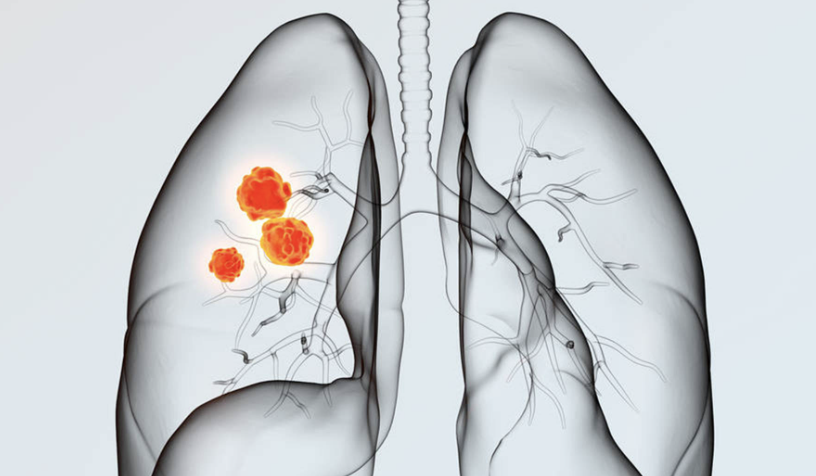Medical
Anti-Aging Gene Carried By Centenarians Could Set Back Heart Age By 10 Years!
Although immortality is still only a myth in the mirror, living a long and healthy life is a goal that most people seem to be able to achieve.

In the past, demographers have identified areas with a high proportion of people living beyond 100 years of age, which have been named 'Blue Zones' and currently, the Italian island of Sardinia, Okinawa in Japan, the Nicoya Peninsula in Costa Rica, the Greek island of Ikaria and Loma Linda in California in the USA have been The Blue Zone is currently defined as the island of Sardinia in Italy, Okinawa in Japan, the Nicoya Peninsula in Costa Rica, Icaria in Greece and Loma Linda in California, USA.
However, the secret to the longevity of centenarians remains to be revealed. Lifestyle, genetic inheritance and environmental factors are all possible answers, but they cannot explain them all. A study published in 2011 in the journal of the american geriatrics society, for example, of nearly 500 German Jews aged 95 or over, found that this group of long-lived people had a large number of bad habits. Sixty per cent of them smoked heavily, half had been obese or overweight all their lives, drank alcohol at an even higher rate and had even worse exercise habits than the control group.
Richard Farager, a leading British expert on ageing research a
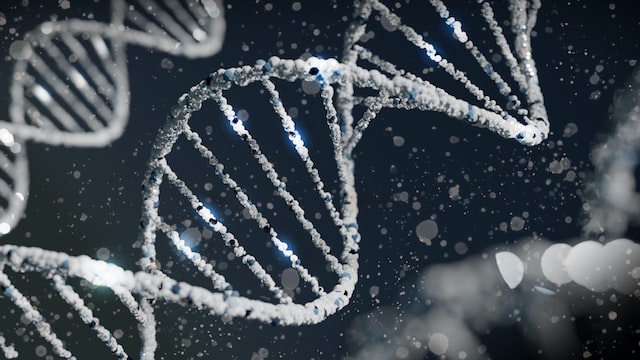
nd professor of biological gerontology at the University of Brighton, even said, "The first thing we need to tell people interested in longevity is not to seek advice from centenarians or supercentenarians about the secrets of living."
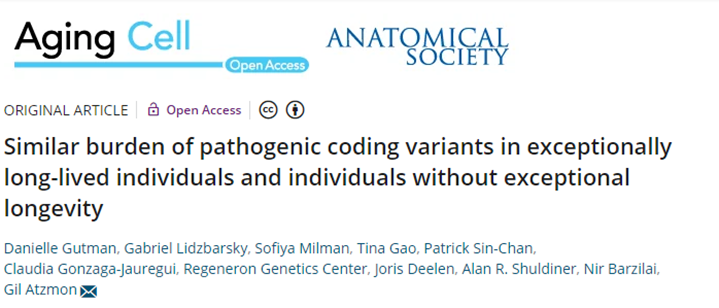
Another study in 2020 focusing on German Jewish centenarians showed that centenarians carry as many genetic variants that can cause disease in later life as the general population, with some even carrying two common risk genes for Alzheimer's disease while remaining free of the disease.
One plausible explanation, therefore, is that these long-lived individuals do not lack undesirable genetic variants, but rather carry beneficial "longevity genes". These genes help long-lived individuals to reduce their risk of cardiovascular disease, Alzheimer's disease and other diseases.
In addition, studies have found that these super-lifers are healthier than others in their later years. In his new book Age Later: Health Span, Life Span, and the New Science of Longevity, to be published in 2020, Dr Nir Barzilai, Director of the Institute on Aging at Albert Einstein College of Medicine in New York, says Barzilai calls this the "great longevity dividend". If the longevity factors of the super-lifers could be replicated in the general population, it would have major implications for 'healthy ageing'.
LAV-BPIFB4, a longevity-associated mutation that protects cardiovascular health
Previously, researchers at the University of Salerno in Italy found that a longevity-associated mutation called LAV-BPIFB4, a secreted protein with elevated levels in the serum of long-lived individuals, was more prevalent in centenarians in southern Italy through a series of studies. This mutation improves cardiovascular health through improved NO release and angiogenesis. Systemic gene therapy using LAV-BPIFB4 in deficient mice has shown to rescue endothelial and nitric oxide synthase dysfunction and reduce atherosclerosis and inflammation in aged mice, confirming the promise of this gene as a new therapeutic tool in the fight against cardiovascular disease.
In addition, the University of Salerno team found that gene therapy with LAV-BPIFB4 prevented disease progression in a mouse model of Huntington's chorea and reduced the accumulation of immune senescent cells and reversed the decline in NAD+ levels during ageing in a mouse model of advanced senescence with a declining immune system. The gene treatment of LAV-BPIFB4 also significantly delayed the progression of vulnerability to stressful events in aged mice. All indications are that LAV-BPIFB4 is indeed an important mutation for longevity.
A new study published recently by a team of researchers from the University of Bristol, UK and the MultiMedica Group, Italy, demonstrates that LAV-BPIFB4 protects cells harvested from heart failure patients who require heart transplantation. The study, entitled "The longevity-associated BPIFB4 gene supports cardiac function and vascularization in aging cardiomyopathy", is published in Cardiovascular Research.
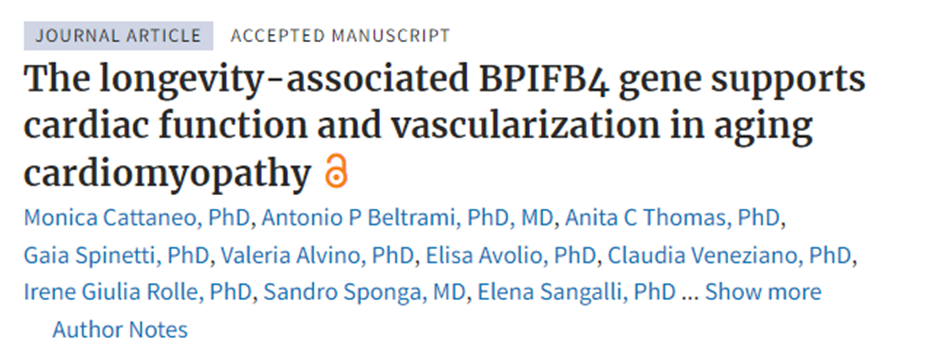
The team found that a single administration of LAV-BPIFB4 prevented the decline of cardiac function in middle-aged mice. More notably, when the gene was used in aged mice, their hearts showed the same changes as those observed in older patients, with the gene setting back the heart's biological clock age by the equivalent of more than a decade in humans.
The three-year study is also being conducted on human heart cells in test tubes, where researchers from the MultiMedica Group genetically managed heart cells from elderly patients with severe heart problems and then compared their function to that of healthy individuals.
Monica Cattaneo, first author of the study and a researcher at MultiMedica Group, said: "Cells from older patients, particularly those called 'pericytes' (cardiovascular building support cells), are functionally are impaired. By adding longevity genes/proteins to the test tubes, we observed the process of cardiac rejuvenation: the heart cells of elderly heart failure patients regained normal function and could build new blood vessels more efficiently."
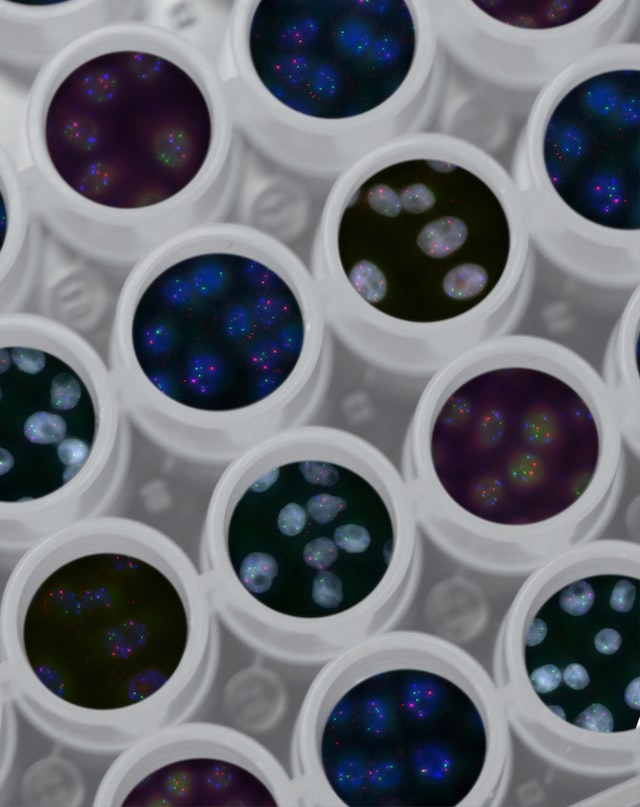
The study shows for the first time that longevity genes can not only be passed on from centenarians to their offspring, but can also be transferred to unrelated people to protect the heart. Study corresponding authors Professors Paolo Madeddu and Annibale Puca believe the research holds promise for advances in therapies inspired by centenarian genetics.
Professor Madeddu added: "Our findings confirm that healthy mutant genes can reverse the decline in heart function in older people. We are now interested in whether we can use proteins instead of genes to do the same thing. Gene therapy is currently widely used to treat diseases caused by bad genes, but protein-based therapies are safer and more feasible than gene therapy."
-
![]()
![]() MedicalJan 08, 2026
MedicalJan 08, 2026Battle-tested, this real-world data confirms the clinical efficacy of Azulfidine!
-
![]()
![]() MedicalJan 07, 2026
MedicalJan 07, 2026Three-drug Combination For HPV-positive Cancers Results In Significant Tumour Shrinkage In 88% Of Patients!
-
![]()
![]() MedicalJan 06, 2026
MedicalJan 06, 2026New Research: Cracking The Targeted Drug Resistance Puzzle And Eliminating Cancer Cells Before They Evolve!
-
![]()
![]() MedicalJan 05, 2026
MedicalJan 05, 2026Study Shows Drug Halves Recurrence Rate In Patients With Early-Stage EGFR-Mutated Lung Cancer!
-
![]()
![]() MedicalJan 04, 2026
MedicalJan 04, 2026Why Is Astrazeneca Willing To Spend a Whopping $12.1 Billion?



